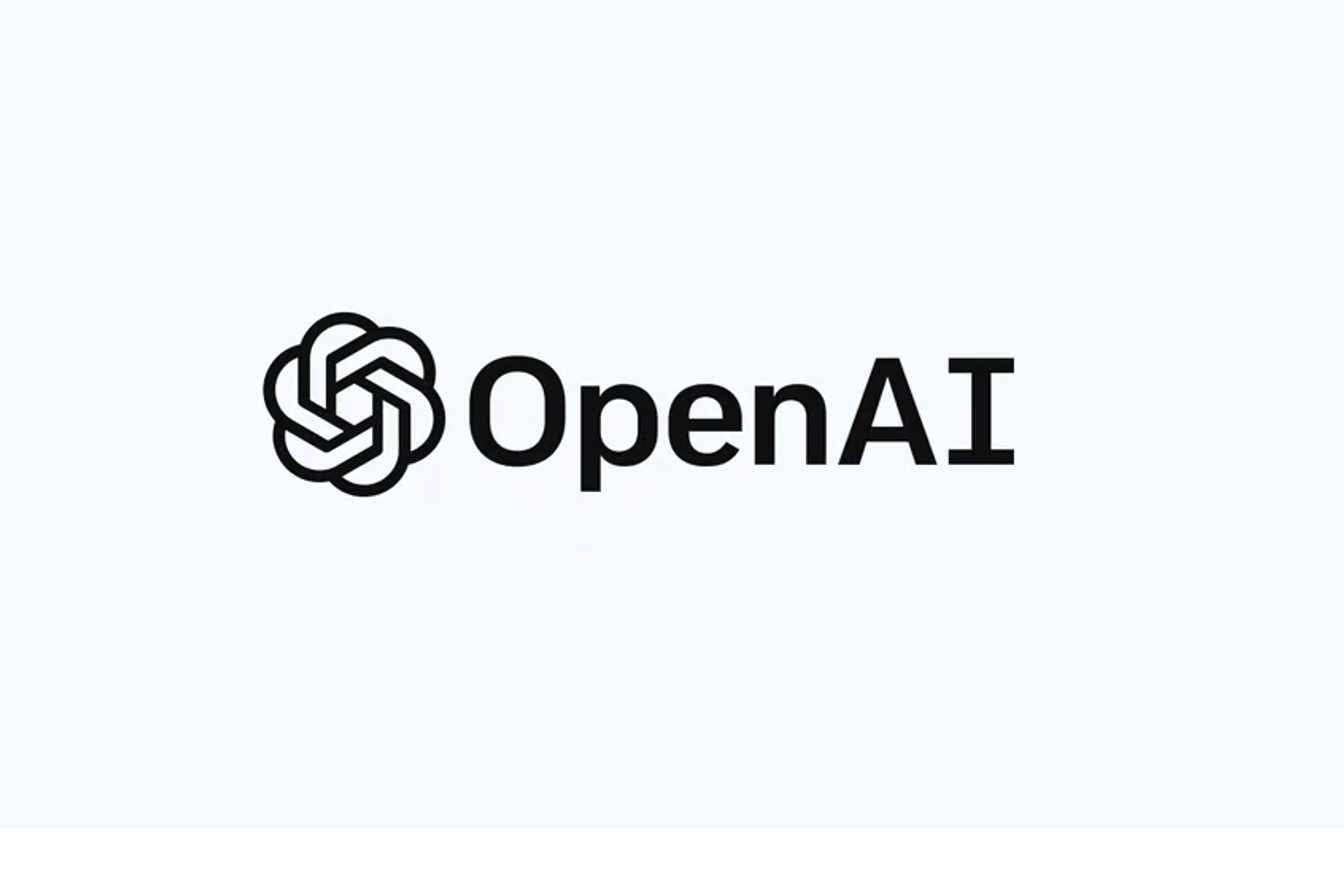Google Develops AI to Detect Sickness Using Sound Signals
Google has been at the forefront of artificial intelligence (AI) development for quite some time now. The company’s latest innovation is a groundbreaking use of sound signals to predict early signs of disease. Google has trained an AI model using millions of audio samples, which can identify subtle indicators of illness such as coughs and labored breathing.
HeAR: Google’s Bioacoustics-Based AI Model
The AI model developed by Google is called HeAR (Health Acoustic Representations). This innovative technology leverages the field of bioacoustics—a blend of biology and sound—to gain insights into how certain sounds can reveal early signs of sickness. HeAR was trained on an impressive 300 million two-second audio samples, including coughs, sniffles, sneezes, and breathing patterns.
These audio samples were collected from publicly available content on platforms like YouTube. According to Google, the field of bioacoustics provides subtle, almost imperceptible clues that can indicate early signs of illness, offering valuable insights for healthcare professionals in diagnosing patients. Additionally, the AI model can identify tiny variations in a patient’s cough patterns, which could help detect the early onset or progression of a disease.
Detecting Tuberculosis and Other Respiratory Illnesses
One of the key applications of HeAR is in detecting tuberculosis (TB). The AI model has been trained on 100 million cough sounds, enabling it to identify signs of the disease with high accuracy. In regions where access to quality healthcare is limited, this technology could offer an alternative diagnostic tool using just a smartphone’s microphone.
The use of HeAR for TB detection is particularly significant in areas where healthcare resources are scarce. According to the World Health Organization (WHO), TB affects millions of people worldwide each year. In many countries, including India, TB remains one of the leading causes of death. The ability to detect TB using a simple smartphone app could revolutionize disease management and prevention efforts.
Collaboration with Salcit Technologies
To enhance the effectiveness of HeAR, Google has partnered with Salcit Technologies, an AI healthcare startup based in India. Salcit’s own AI model, Swaasa (meaning ‘breath’ in Sanskrit), is being used to improve HeAR’s accuracy for tuberculosis and lung health screening.
Swaasa offers a mobile app that allows users to submit a 10-second cough sample, which can detect diseases with an accuracy rate of 94%. This partnership between Google and Salcit Technologies demonstrates the potential for collaboration between industry leaders in AI development. By combining their expertise, they aim to create more effective solutions for detecting and managing respiratory illnesses.
Affordable and Accessible Healthcare
The auditory-based test provided by Swaasa costs just $2.40, significantly cheaper than traditional spirometry tests, which can cost around $35 in Indian clinics. This affordability makes the technology accessible to populations in regions with limited healthcare resources.
The development of HeAR and Swaasa highlights the importance of making healthcare more accessible and affordable for all. By leveraging AI and sound signals, Google and Salcit Technologies aim to bridge the gap between healthcare needs and available resources.
Challenges and Future Prospects
Despite its potential, HeAR is still in the early stages of development and faces challenges such as dealing with background noise in audio samples. Additionally, there may be concerns regarding data quality and annotation.
However, these challenges should not deter us from exploring the possibilities of bioacoustics-based AI models like HeAR. The innovative use of AI combined with sound in the medical field shows great promise. This approach could revolutionize how we diagnose and monitor health conditions, offering a new frontier in healthcare technology.
Conclusion
The development of HeAR by Google is an exciting breakthrough in the field of bioacoustics-based AI models. By leveraging millions of audio samples, this technology has the potential to detect early signs of disease with high accuracy. The collaboration between Google and Salcit Technologies demonstrates the power of partnership and innovation in addressing global healthcare challenges.
As HeAR continues to evolve, it is essential to address the challenges faced by this technology, such as dealing with background noise and data quality. However, the potential benefits of bioacoustics-based AI models like HeAR far outweigh these challenges.
In conclusion, Google’s development of HeAR marks a significant step forward in the use of sound signals for disease detection. This innovative approach has the potential to revolutionize healthcare technology, offering a more accessible and affordable solution for detecting early signs of illness.
Recommendations
Based on the findings presented above, we recommend the following:
- Continued development of HeAR: Google should continue to develop and refine HeAR, addressing challenges such as background noise and data quality.
- Expansion of partnerships: Salcit Technologies should consider expanding its partnership with Google to explore other applications of bioacoustics-based AI models.
- Global deployment: HeAR and Swaasa should be deployed globally, particularly in regions where healthcare resources are scarce.
- Education and awareness: There is a need for education and awareness programs to inform the public about the potential benefits and limitations of bioacoustics-based AI models like HeAR.
Future Directions
The development of HeAR has opened up new avenues for research and innovation in the field of bioacoustics-based AI models. Some future directions for this technology include:
- Integration with other health technologies: HeAR could be integrated with other health technologies, such as wearable devices or electronic health records.
- Development of new applications: Bioacoustics-based AI models like HeAR could be applied to detect other diseases or conditions, such as cardiovascular disease or diabetes.
- Investigation of data quality and annotation: Researchers should investigate the impact of data quality and annotation on the accuracy of bioacoustics-based AI models.
By addressing these future directions, we can unlock the full potential of HeAR and revolutionize healthcare technology forever.



